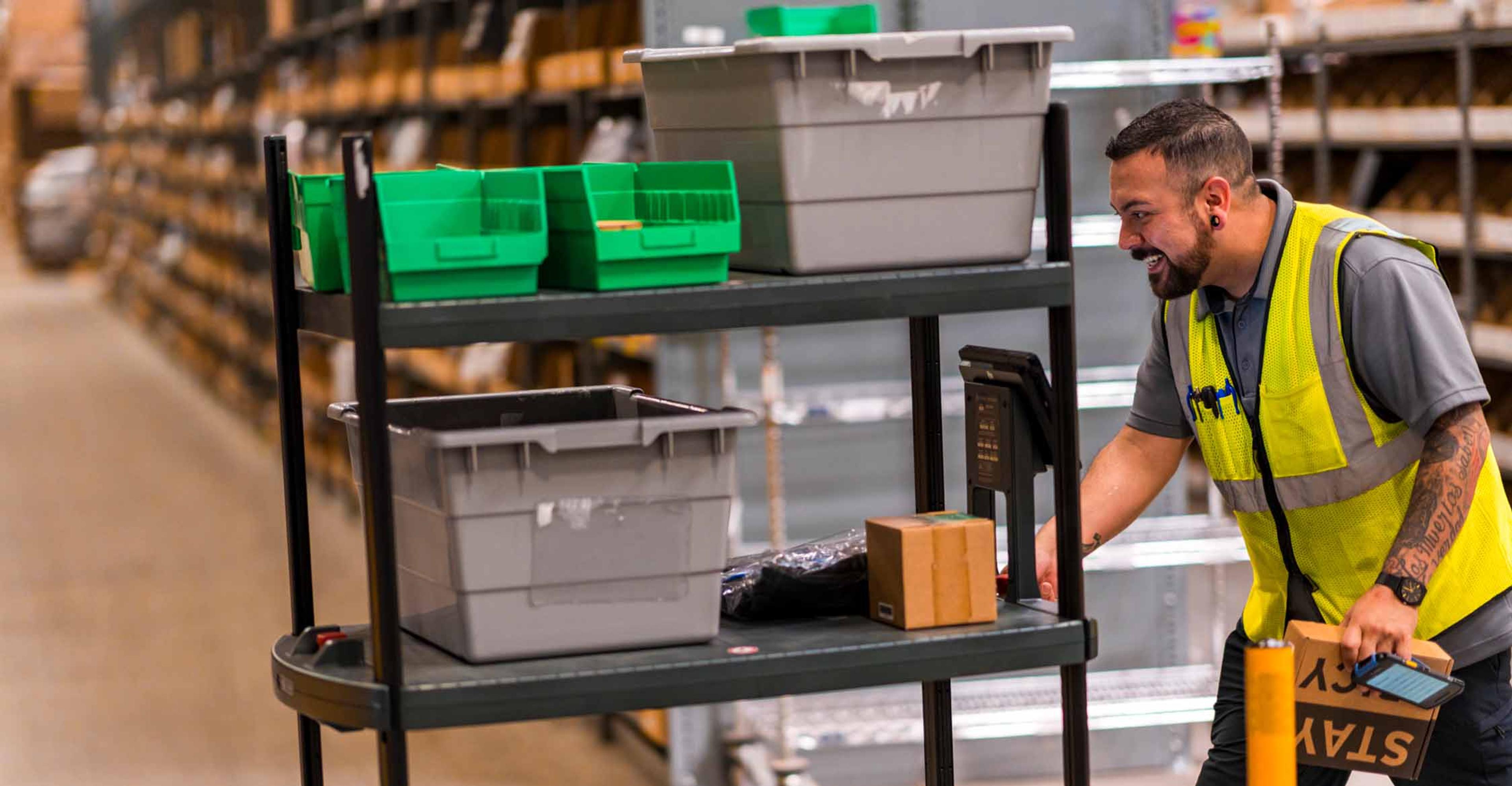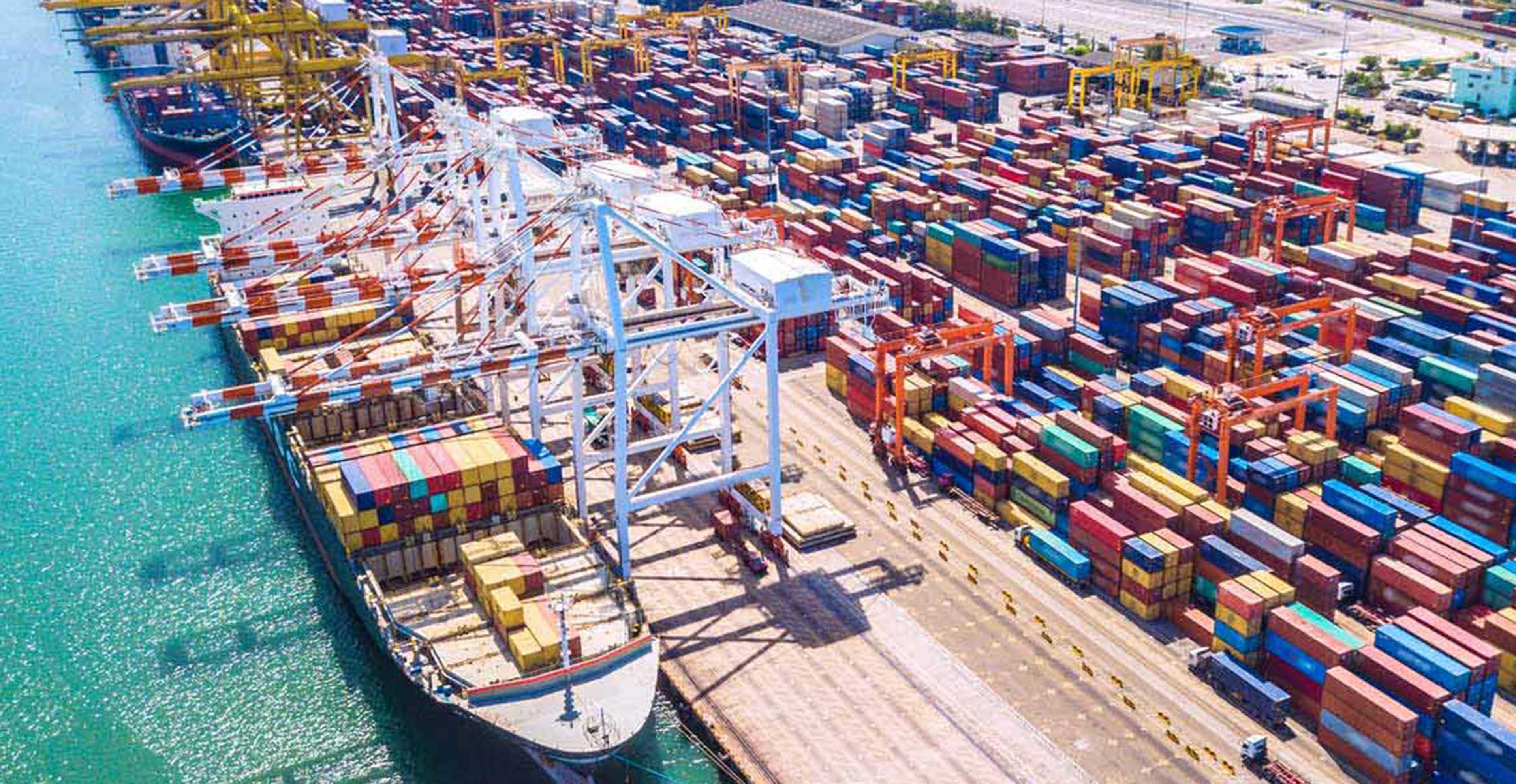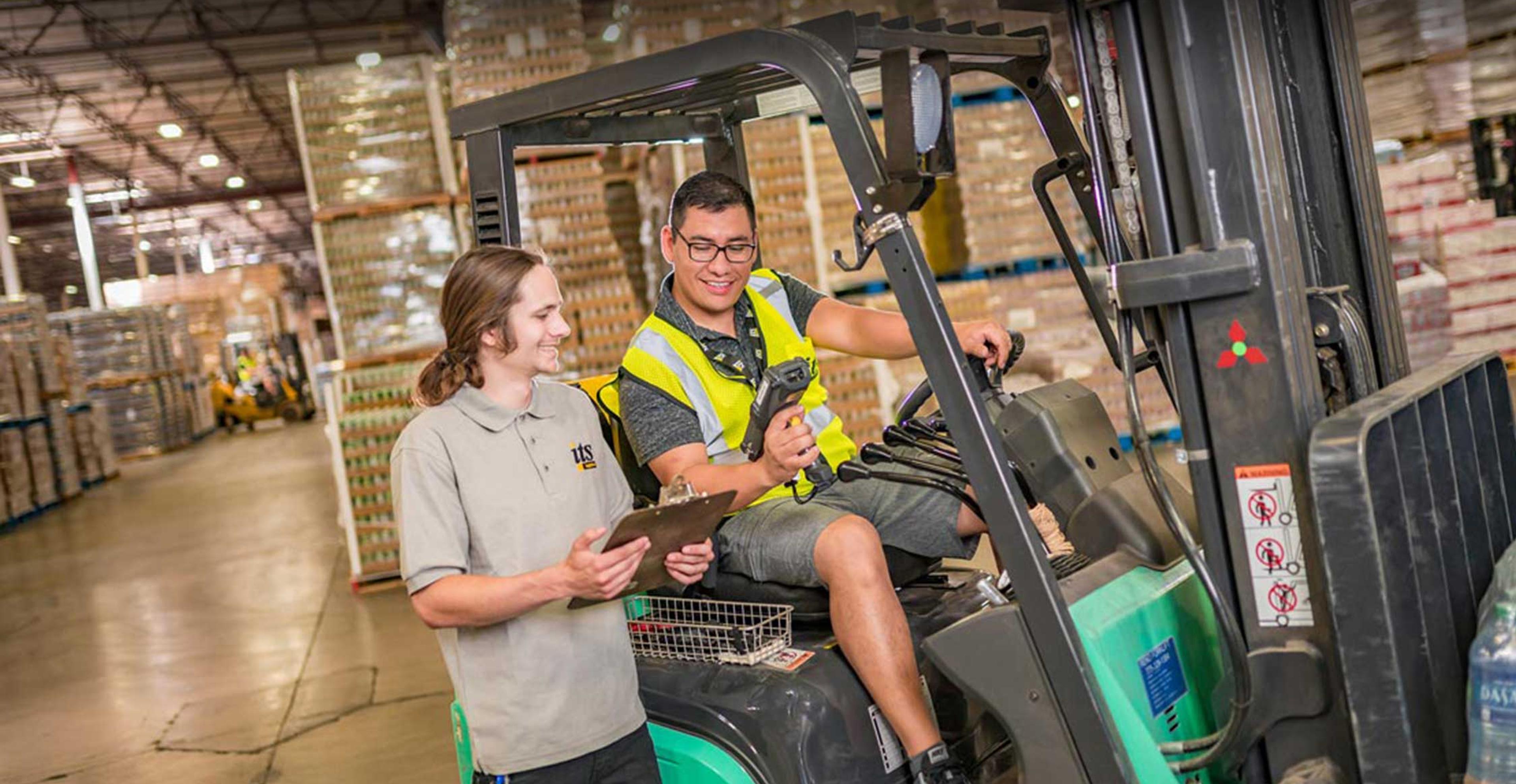
Returns eat profits. A typical return costs retailers about $30 and goes through 3-4 times as many supply chain touchpoints. In 2023, 14.5% of sales (around $743 billion in merchandise) ended in a return. That’s actually an improvement from 2022, when returns reached a staggering $816 billion. Returns are so costly that, according to Reuters, 59% of retailers offered “keep it” return policies for products that cost more than they’re worth to ship back. For understandable reasons, companies that instituted “keep it” return policies did their best to keep it quiet.
There will always be a percentage of consumers that return items; it’s a part of doing business. However, retailers can take steps to ease the cost of returns through better returns management. Here are some of the strategies to focus on in 2024.
Start with prevention and prioritize ecommerce returns
Online sales experienced a 3% higher return rate in 2023. Consumers have countless reasons for returning items, but the most basic reason is that the product wasn’t what they wanted— either it didn’t fit, wasn’t the right color, or some other reason. Preventing these misunderstandings starts with improving the online shopping experience.
Almost every online purchase involves some sort of product page or listing, where shoppers explore a product before making a purchase decision. This is one of the few ways shoppers will interact with a product before unboxing it in their home and one of the first opportunities retailers have to prevent future returns. Ensuring elements of the product page — such as professionally taken product photos, product descriptions, sizing guides, and fit guides — are as accurate and detailed as possible can help shoppers make better-informed purchase decisions. Providing more and better information up front improves the odds that the product will match consumer expectations and hopefully reduces the chances of a return.
Although providing better product listings can help reduce honest product returns, it does little to prevent fraud, which requires work at the policy level.
Tighten and clarify return policies
According to the National Retail Federation (NRF), return fraud contributed $101 billion in overall losses for retailers. That means for every $100 in returned merchandise, retailers lost $13.70 to fraud.
Return fraud encompasses everything from organized efforts of online scammers to wardrobing (where shoppers purchase expensive apparel items, wear it once or twice, and then return it). With any type of fraud, a retailers first defense is a strong, enforceable, and clear return policy.
Setting a limited return window, requiring a receipt for returns, or only offering store credit are a few proactive ways retailers can strengthen return policies and prevent fraud. For apparel brands that deal more specifically with wardrobing, requiring tags on returned items can help cut down on policy abuse. It’s also a good idea to make sure tags aren’t attached with safety pins or something that can be easily removed and put back.
Look past prevention
All the prevention measures in the world won’t stop honest customer returns, and that’s a good thing. Well-designed return policies build customer loyalty and trust with shoppers, which is what makes offering perks like free returns or “keep it” policies worth it in the end; it’s about embracing the silver lining of an inevitable situation. In fact, a 2022 survey by PayPal company Happy Returns found that two-thirds of the 2,000 shoppers surveyed were much more likely to shop at an online store that offered free returns. 50% of those same shoppers said they abandoned purchases because the merchant didn’t offer a convenient product return method. The trick isn’t in cutting off all returns or implementing draconian return policies, but instead handling returns in a way that drives positive outcomes for business and provides a better customer experience.
Implement better practices for managing returns
Reverse logistics is a complex process involving 20+ touchpoints depending on the business. Every return process touchpoint comes with an opportunity to create efficiency or lose it, with the former always being preferable to the latter.
Because every reverse logistics situation setup is unique, the journey to efficiency starts with mapping every step of the returns process. If that’s not possible, then the first step is making that possible— whether that means investing in returns management software, cutting out information black holes, etc. Complete visibility shows how processes relate, which areas are running well, and which areas need improvement. From there, businesses can make small, incremental improvements to save on costs and create more effective returns management processes.
Some common improvements include:
- Going paperless—paper is a small cost that creeps up at scale. Finding opportunities to substitute paper with a digital solution can lead to small savings in the short term and significant savings in the long run; it’s also better for the environment.
- Maintaining equipment—Even if items can be resold, returns aren’t a big revenue driver. Equipment downtime compounds revenue losses and makes a negative situation worse. Properly maintaining equipment and minimizing downtime in the reverse logistics process helps keep those losses at a minimum.
- Investing in tech/automation—This is especially important for legacy processes. If it’s been a while since a company has examined its reverse logistics processes, new innovations could make enough of an impact to justify an investment.
Maximize revenue through reverse commerce
Reselling returned product as “open box” or “certified refurbished” is a common practice that can help businesses recover revenue. If a returned item is still in good enough shape, chances are there’s a shopper somewhere that’ll buy it at a discount.
The downside to reselling is the cost of labor associated with processing returns. Sifting through returns, determining if an item is in good enough condition to be resold, and then moving inventory on through the supply chain requires a full-time team, especially in industries with a lot of returns like apparel. Outsourcing returns processing task to a third party that specializes in resales could be more efficient and cost-effective than handling it in-house.
However, if a company does choose to outsource, it’s important to find a reputable, invested solution. The last thing any business wants is for a customer to receive a sub-par item that shouldn’t have been approved for resale.
Even if inventory isn’t in good enough condition to be resold, it doesn’t have to be a total loss. There’s a grey area where a product is still usable but not up to the re-sell standards. Businesses that have those types of returns should consider partnering with local non-profits to donate grey area returned inventory. It’s a great way to save a total loss while giving back to the community.
Looking to outsource reverse logistics? Make the most out of returns with ITS Logistics
The ITS Logistics team has decades of expertise helping businesses of all shapes and sizes find creative logistics solutions that maximize revenue and drive efficiency.
ITS Logistics maintains a high standard for distribution and fulfillment:
- 99.6% ASN Timeliness
- 99.8% Load Quality
- 99.8% ASN Accuracy
- 99.9% On-Time Shipping
- 99.4% Fill Rate
- 99.3% Pallet & Carton Labeling
With the highest level of service, unmatched industry experience and work ethic, and a laser focus on innovation and technology–ITS strives to improve the quality of life for its partners by delivering excellence at every turn.
Reach out to learn how a partnership with ITS Logistics can help your business make the most out of its returns.



